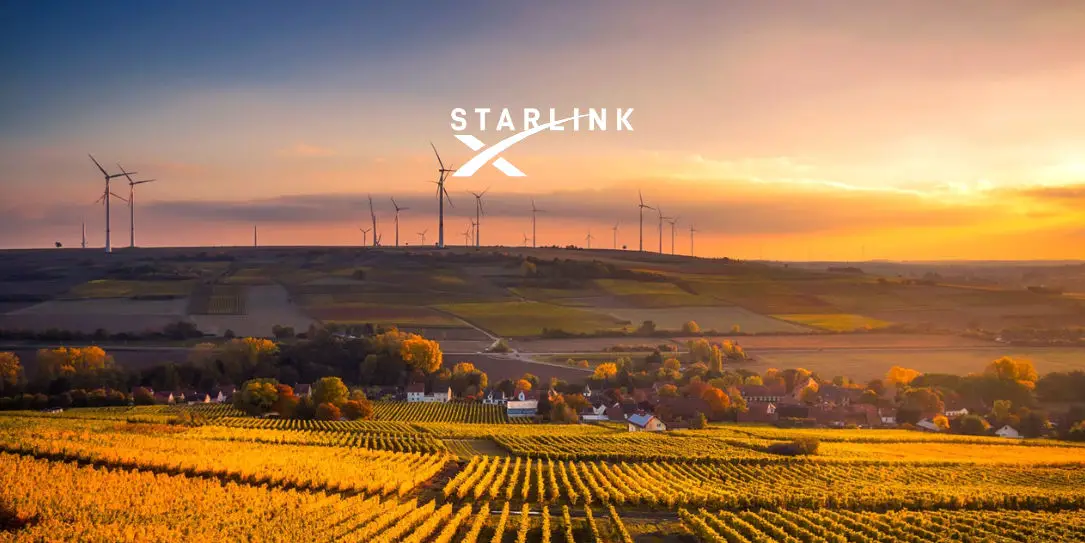A few years ago, I moved from Chicago’s sprawling metro area where the internet wasn’t a problem. I was thrilled with my Gigabit speeds from Xfinity, and life was great. When I moved to the Des Moines metro, I thought my internet might take a hit, but thankfully Mediacom also offered Gigabit speeds in our area. But now, we’re in rural Missouri where Centurylink struggles to give me 15Mbps download; let’s not even discuss the upload speeds. So when I heard that SpaceX was developing its satellite-based internet called Starlink, I was excited.
Don’t get me wrong; I was well aware that my internet speeds in rural Missouri weren’t going to be as impressive as Chicago’s. Once I got here and experienced it myself, well, it was a wake-up call. I don’t have any regrets about moving out of the city and into the rural country; I love it. The only thing I miss is that high-speed internet connection. Starlink could be the solution for many like myself.
Since 2019, SpaceX has been sending small batches of Starlink satellites into orbit. The company has launched enough satellites to begin the plan to deliver high-speed internet to the most remote places. Of course, coverage would probably be available to big cities, but the project concentrates on rural and hard to cover areas.

Starlink is already being tested by a remote Indian tribe in Washington State, the Hoh. Before Starlink, the Hoh tribe could barely manage 1Mbps download speed, which is abysmal. According to Newsthink, initial testing has shown Starlink is capable of 100+Mbps download speeds, which I would take right now over 15Mbps. Starlink is also supposed to have low-latency, which improves the performances of the internet connection.
Low-latency is achieved due to the Starlink satellites being in a lower orbit, about 340 miles above the earth. Normal satellites are usually over 600 miles above the earth in a much higher orbit. The SpaceX plan calls for 12,000 satellites to be deployed to get good coverage. But the potential for 42,000 satellites is also being discussed.
There are many questions to be answered and research to be done on how so many satellites will impact various things, and we hope it’s figured out soon. For now, if you’re interested in signing up for the Starlink beta test, you can sign up on their website. Starlink will contact you when beta opportunities come up in your area. I’ve already signed up, and this seriously can’t come fast enough for me.
Thanks to two of my Twitter followers for pointing out that Starlink even exists; you have given me hope.
What do you think of SpaceX’s Starlink project? Let us know in the comments below or on Twitter or Facebook. You can also comment on our MeWe page by joining the MeWe social network.
Last Updated on February 3, 2021.










